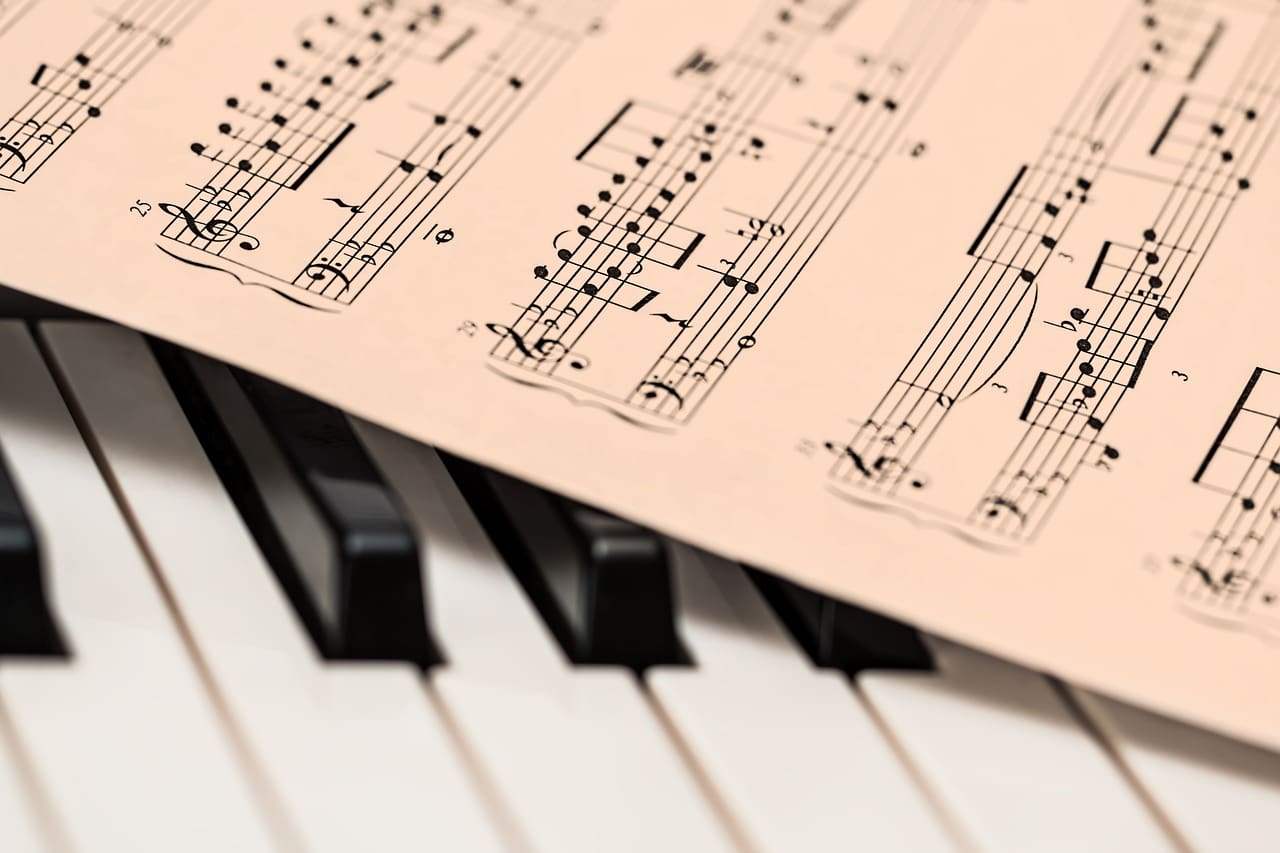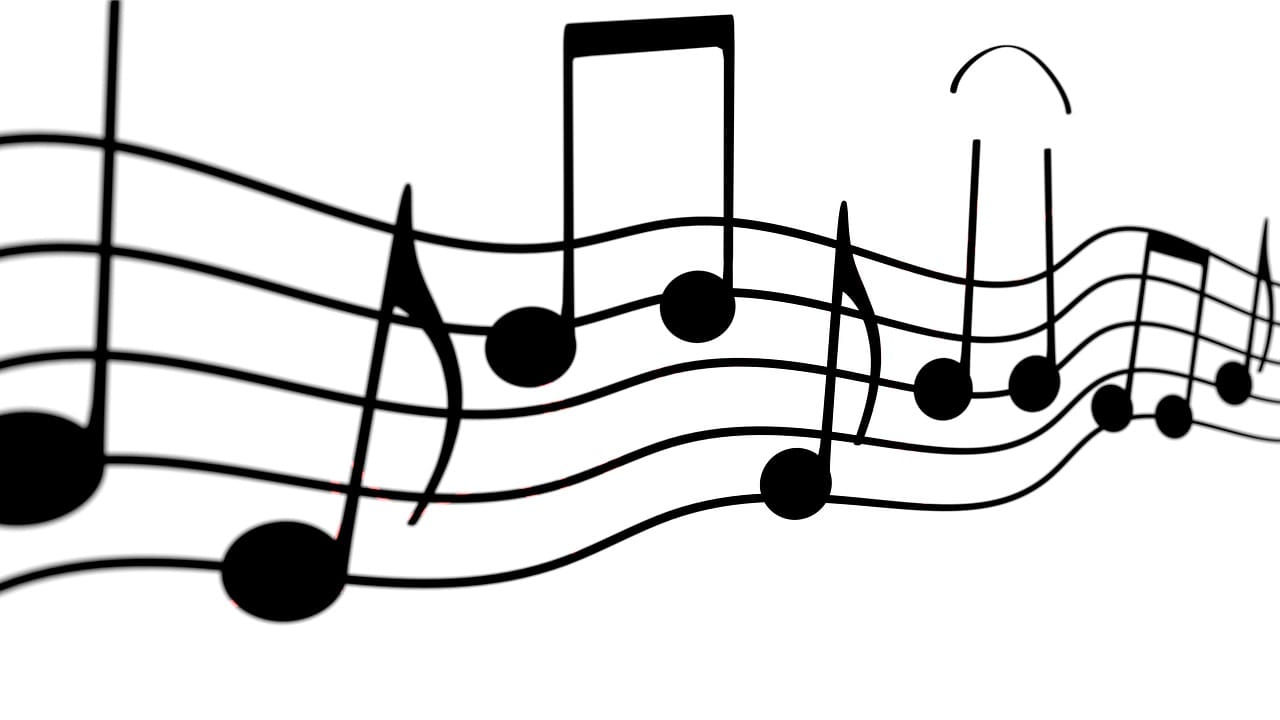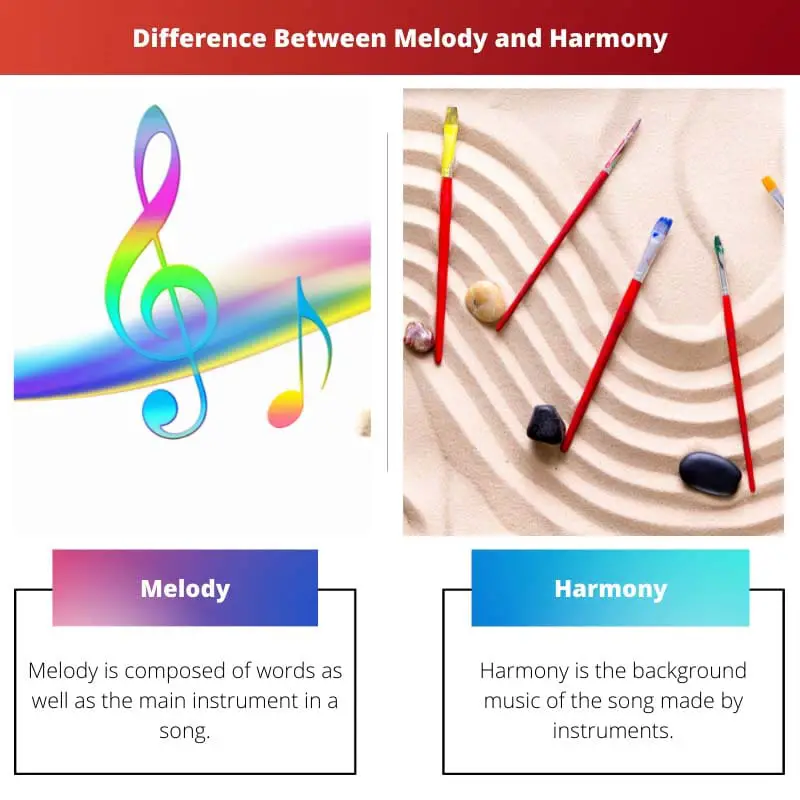A song incorporates melody and harmony together to make it a great piece. But, if melody and harmony are seen as two different parts, then it has several differences. However, a musical composition requires both together to make it a complete package.
People tend to mistake them as similar, but they are very different from each other. A melody emphasizes on vocal part of the song, while harmony focuses on the notes and chords of the music.
Key Takeaways
- Melody is a sequence of single notes played or sung in a particular rhythm, while harmony combines multiple notes played or sung simultaneously to create a chord.
- Melody is the main theme of a song, while harmony provides support and depth to the melody.
- Melody is more memorable and catchy than harmony, while harmony adds complexity and richness to a song.
Melody vs Harmony
Melody is a sequence of single notes or pitches played in succession to create a memorable and recognizable tune. It is sung or played by the lead instrument or vocalist. Harmony is the combination of two or more different pitches to create a pleasing sound and create tension, dissonance, or resolution.

Melody is composed of words along with the main instrument in a song. It is the horizontal part of the song. Moreover, it requires incorporating shape, range, and movement altogether to form a melody.
Yet, it needs lyrical music notes to complete it. Besides, it also requires professional music skills to create a melody.
Harmony is the combination of lyrics and the primary instrument in a song. It’s the song’s horizontal section. Furthermore, it is necessary to combine shape, range, and movement to construct harmony.
However, it is missing lyrical music notes to make it complete. Forming a tune also necessitates expert music talents.
Comparison Table
| Parameters of comparison | Melody | Harmony |
|---|---|---|
| Definition | Melody is composed of words as well as the main instrument in a song. | Harmony is the background music of the song made by instruments. |
| Part | Melody is the horizontal part of the song. | Harmony is the vertical part of the song. |
| Components | Melody has shape, range, and movement altogether. | Harmony involves subordinates or coordinates. |
| Completion | Lyrical music notes are needed to complete melodies. | Musical instruments together with a combination of notes are needed to complete harmony. |
| Requires | Melodies require professional musical skills. | Harmony requires correct tone and pitch to complement any harmony. |
What is Melody?
Often listening to a song, we do not realize the components. But, if a musical composition is split, there are a lot of things that are offered. Harmony and melody are components of a song.
The melody consists of words along with the main instrument in a song. In other words, lyrics along with the instrumental music portion of the song, are called melody. It is the horizontal part of the song.
It is a significant part of the song that develops it further. The first step is to compose any music, then focus shifts on the melody, which determines the vocal quality of the song.
Moreover, it requires incorporating shape, range, and movement altogether to form a melody. However, a person requires professional vocal skills to compose a song.
The person’s tone and pitch complement harmony to complete the composition of music wholly.
Thus, professional vocal skills are required to compose any music or melody. Melody requires some components to develop: shape, range, and movement. It allows ranging the notes among several notes.
Furthermore, melody signifies its meaning very smoothly since it is clearly depicted through lyrics. And it draws the attention of the audience very smoothly.

What is Harmony?
Often listening to a song, we do not realize the components. A part of a song or any musical piece is harmony.
The harmony consists of a combination of sounds and tunes. In other words, the two or more instrumental music together in a song is called harmony.
It is the vertical part of the song, as it can increase or decrease the pace of the music.
It is also a significant part of the song that sets the mood of the music further. However, it is not an initial step, but it is necessary for the composition of music. Thus, it sets the feeling of the song.
Moreover, it requires incorporating rhythm and chords altogether to form a harmony. However, a person may not expect professional vocal skills to compose harmony. It only requires knowledge about rhythm and notes to execute harmony well.
Thus, professional vocal skills may not be required to compose harmony. Different standards are kept for composing a song. But, it needs to maintain flow in the entire musical piece to set the mood straight.
Furthermore, harmony doesn’t depict its meaning since it’s doesn’t contain words in it. But it gives an intense feeling so that audience can feel the essence.
Harmony and Melody complement each other. So they reach the audience very smoothly.

Main Differences Between Melody and Harmony
Melody and harmony can be dependent on each other. However, harmony can be added to an existing melody, and harmony is dependent on a melody as harmony cannot exist without harmony.
One can find many differences between melody and harmony by separating melody and harmony. But, a musical piece requires both to complete it wholly.
- Melody is composed of words as well as the main instrument in a song. Meanwhile, harmony is the background music of the song made by instruments.
- Melody is the horizontal part of the song, while harmony is the vertical part of the song.
- Melody has shape, range, and movement altogether. However, harmony involves subordinates or coordinates.
- Lyrical music notes are needed to complete melodies. Meanwhile, musical instruments along with a combination of notes, are needed to complete harmony.
- Melodies require professional musical skills, while harmony requires the correct tone and pitch to complement any harmony.

- https://journals.sagepub.com/doi/abs/10.1177/0255761410372725
- https://books.google.com/books?hl=en&lr=&id=UxM2Nn96dLoC&oi=fnd&pg=PA55&dq=Melody+vs+harmony+&ots=v5TvLR71vm&sig=oEoEBy3jx2HvU_s7f0Oa3wd41xU

The elaboration on the structural aspects of melody and harmony is simply brilliant. A significant contribution to the understanding of musical phenomena.
This article is undoubtedly an exhaustive study of the underlying concepts.
The musical analysis provided here is both fascinating and thought-provoking. It captures the essence of melody and harmony exceptionally well.
An insightful comparison between melody and harmony. This article provides a comprehensive summary of their distinctions.
This post offers a thorough examination of the harmonic and melodic dimensions.
The meticulousness of this article deserves appreciation.
A profound article that meticulously illustrates the attributes of melody and harmony. This is certainly a significant addition to the literature on musical elements.
The extensive detail and clarity make this piece a noteworthy exposition on musical concepts.
An erudite perspective that enriches the discourse around melody and harmony.
Very well written and informative article about the difference between melody and harmony. A must-read for every musician.
Excellent explanation! It is clear and concise. I believe this article would be a great resource for music students and enthusiasts.
Agreed, this post provides valuable insights into music theory principles.
Although thorough, the post could benefit from a more nuanced perspective.